Quick breads vs. yeast bread—are you trying to figure out which is which?
I've got good news: this guide breaks down their main differences and gives tips to best work with both of the delicious bread types.
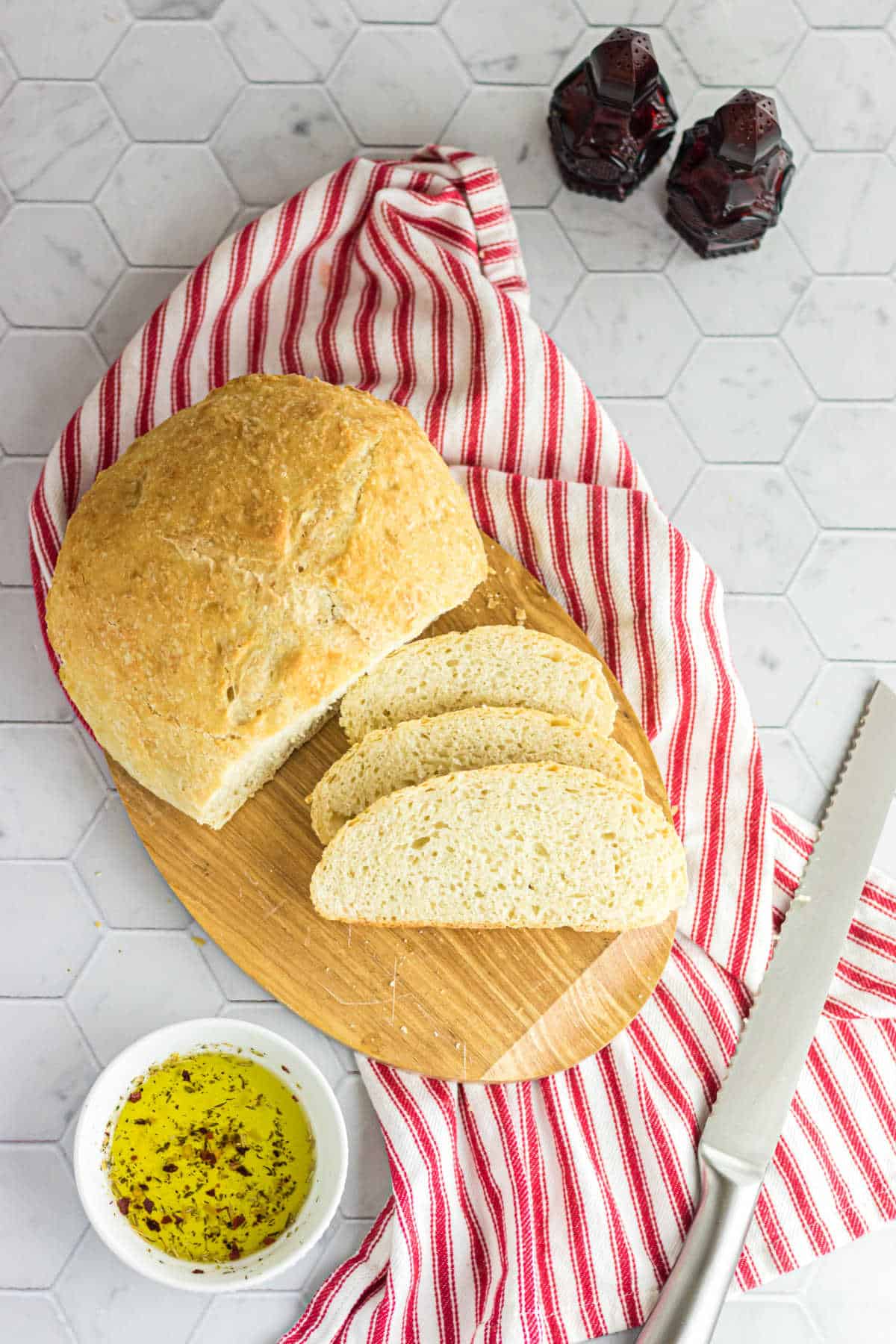
Table of Contents
Yeast breads vs. quick breads
The main difference between traditional yeast breads and quick breads is the leavening agent used in the dough or batter.
Wait—what's a leavening agent?
That's the technical term for the ingredients that make bread rise. Quick breads use chemical leavening agents, and yeasted bread uses a natural leavening agent—yeast!
The leavening agents work in very different ways. It affects everything-
- how you make the bread
- how long the dough takes to rise
- the ultimate texture and flavor
We'll discuss the science a little later in this guide, but, for now, here's a quick overview to compare the main differences:
Quick comparison
| Yeast bread | Quick bread | |
| Avg prep time involved | 2-½ hours or more | 10 minutes |
| Flavor | buttery, yeasty, neutral, lower in sugar | sweet, often has glaze, higher in sugar |
| Texture | soft and fluffy | tender and cakey |
| Leavening | yeast | baking soda, baking powder |
| Technique | kneading, rising | mixing |
| Uses | toast, sandwiches, any meal | slice and eat as is, breakfast, brunch, snacks |
Quick bread
If you've ever baked a cake before, you're already a pro at the quick bread method!
First, you combine the wet ingredients.
Then, mix the dry ingredients together, including the leavening agent: baking soda (sodium bicarbonate) and/or baking powder. This is the key!
Then, you combine the dry and wet ingredients together.
It's important to get the batter into the oven quickly since, in some cases, the chemical reaction of the baking soda/powder will begin as soon as you mix the ingredients.
It starts fast—they are called "quick" breads, after all!
The chemical leaveners will continue to do their job in the oven. They'll release carbon dioxide gas as the bread bakes.
This gives your loaf of bread a light, cakey texture. Without any leavening, the bread would be denser than a soggy pound cake!
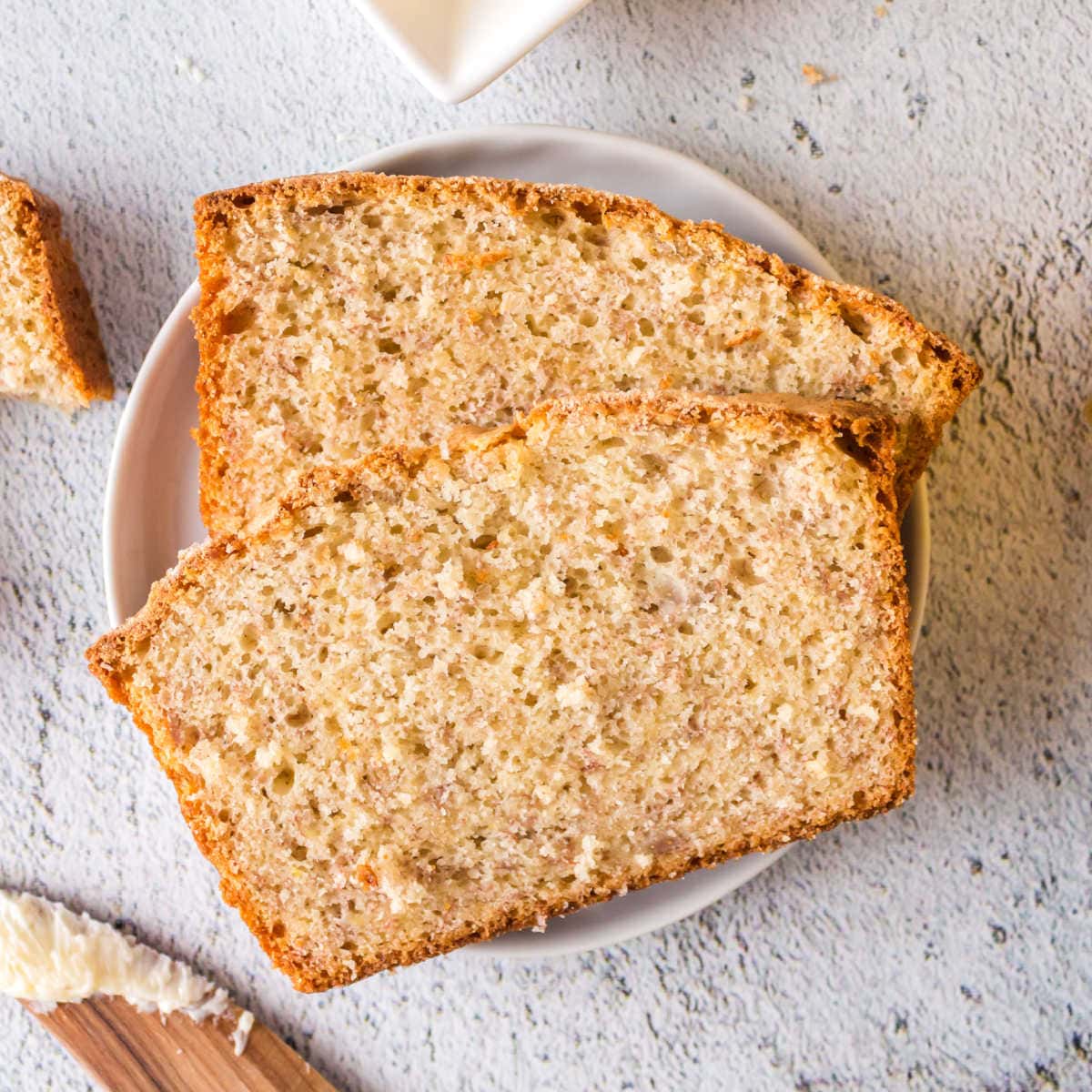
Quick bread recipes
- Peanut Butter Banana Bread has everything you crave in a snacking bread—sweet and salty flavor with a delicious, cake-like texture.
- Moist, soft, and only needing 5 minutes of prep, Cornbread is one of those quick bread recipes you'll want to memorize and repeat!
- Muffin recipes fall into the quick bread category, and these Triple Chocolate Muffins deliver sweet flavor, soft texture, and mouth-watering craveability.
Other types of quick breads you may be familiar with are Irish soda bread, zucchini bread, corn muffins, pumpkin bread, and scones.
Yeast bread
Yeast bread has a different texture and baking process (compared to quick bread) because yeast takes longer to rise.
As a real, living element, active dry yeast feeds off of the ingredients in your bread dough. Yes, it actually "eats" the sugar!
Yeast fermentation creates carbon dioxide, which gives your bread the airy network of fibers we love so much.
The fermentation process requires a specific environment to thrive properly.
You'll often read in a yeast-based recipe about letting the yeast activate in a warm liquid—but not too hot.
Additional ingredients can harm the yeast (like salt) so those are often added later, after the yeast starts to bubble.
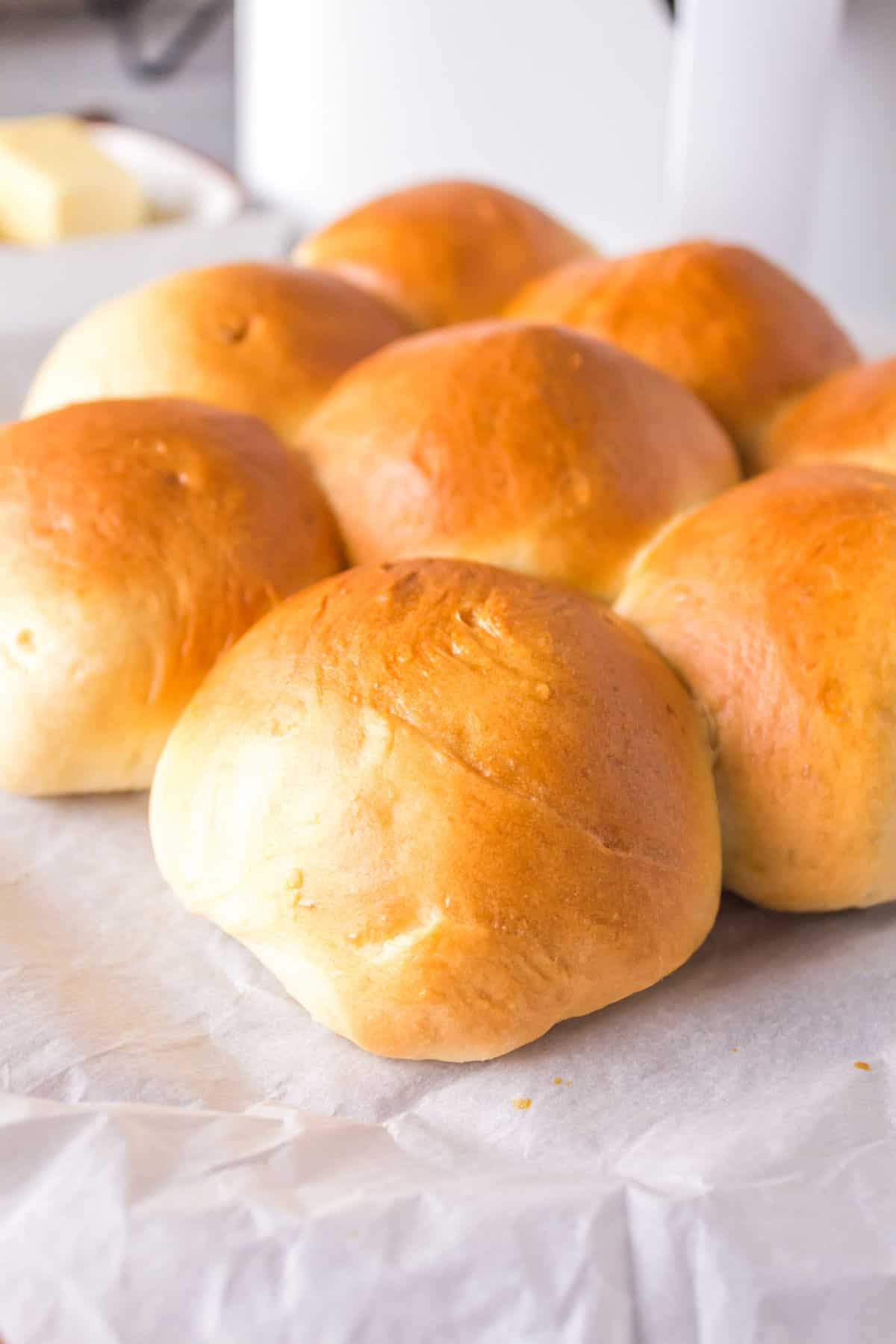
Yeast bread recipes
- No kneading necessary, Old-Fashioned Batter Bread starts with a wet, yeasted dough and ends up as a fluffier bread perfect for slicing.
- Rolls are a type of bread, after all, and these 30-Minute Yeast Rolls are delicious with dinner—soups, stews, lasagna, you name it.
- Authentic Italian Focaccia is a savory, artisanal bread with a rich olive oil flavor. It has a thin, crisp crust and a soft interior—perfect for snacking and sandwiches!
Any dough that uses yeast to rise is considered yeast bread, such as sandwich bread, Rye bread, beer bread (beer has yeast in it), baguettes, pretzels, bagels, and sourdough bread... technically.
Similarities
There are similarities in the two types of bread.
Ingredients
Both yeast-based and quick breads use basic ingredients, like all-purpose or whole-wheat flour, a liquid of some sort, and often a little salt or sugar.
On top of that, both types of bread can be enriched. Quick bread is almost always enriched.
This means it has fat, eggs, or sugar added to it. You'll also come across enriched yeast dough in recipes like cinnamon rolls.
Pans
Have a loaf pan?
You're in luck. Though it's not the only vessel in which you can bake bread, both quick breads and yeast breads are great baked up in one.
Many yeast rolls can be baked in muffin tins, too.
These are great, versatile choices if you don't have much storage space in the kitchen!
Differences
When discussing quick breads vs. yeast bread, there are plenty of differences, and most boil down to how the leavening agent does its job.
Time
For example, yeast-based dough takes a lot of time to rise because of the natural yeast fermentation process.
You can even let yeast dough slowly rise for up to twelve hours in the fridge!
However, if you were to wait hours to bake a quick bread, the chemical leavening agents might have already released all of the carbon dioxide and not have any reaction in the oven.
This will result in sad, dense baked goods.
Mixing
Another difference is how you work with the dough or batter. Yeast-based bread often requires a lot of kneading, either by hand or with a dough hook.
Sometimes, you punch the air out of the dough and let it rise a second time.
On the other hand, quick bread batter should be handled quite carefully.
If you combine the ingredients together too vigorously, or for too long, the texture of the bread will be tough—not soft and tender.
Shaping
Let's talk about shaping your bread.
Most yeast-based doughs are able to hold their shape on a sheet pan, but quick bread always needs more support.
While yeasty goods like pretzels and rolls are fine on a baking sheet, your quick bread needs either a loaf pan or muffin tin to keep its shape.
FAQs
Active dry and instant yeast are two types of yeast that start off differently, but, in the end, they'll both work the same way. The key is to pay close attention to your recipe. Active dry yeast will almost always need activation for about ten minutes in some sort of warm water or liquid. Instant yeast just goes right in.
Yep! It's important to follow your recipe so that you don't burn the yeast, which will damage it. Also, pay attention to the use-by date. Expired yeast doesn't release as much carbon dioxide, so your bread won't rise as well—or, at all.
It technically is! Though you don't use a package of baker's yeast, a sourdough starter is made with yeast. The process of fermentation is much longer and produces lactic acid, which makes the distinct "sour" taste.
Not exactly, but they're similar. Often, cakes are beaten longer so they have an even fluffier texture, and they usually have more sugar in the batter. Plus, people frown upon eating cake for breakfast, but no one complains about banana bread! (I encourage both for breakfast, but you do you!)
Not really, but, again, it depends on your recipe. Generally, once either a quick bread or yeast bread goes into the oven, you shouldn't open the oven door. Letting out a gust of hot air can negatively affect both types of bread. Otherwise, just follow the timer specified for your bread and you'll be good to go!
Deciding which type of bread you're going to make is pretty simple. It's largely a matter of how much time you have and how much effort you want to put into it.
What type will you make today? Leave a comment and let me know!

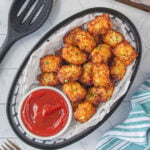











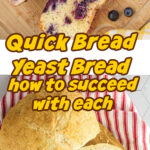
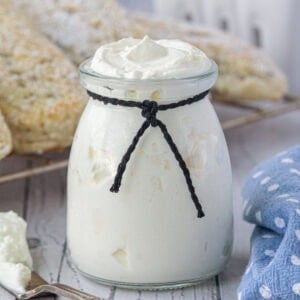
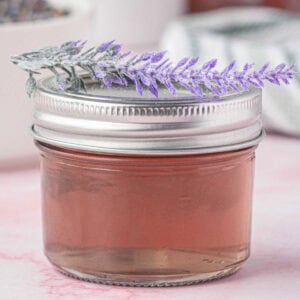
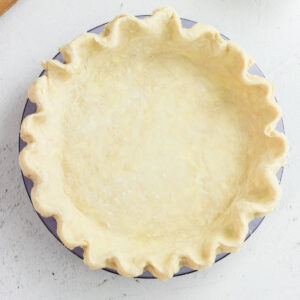
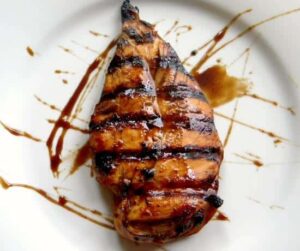
Comments
No Comments